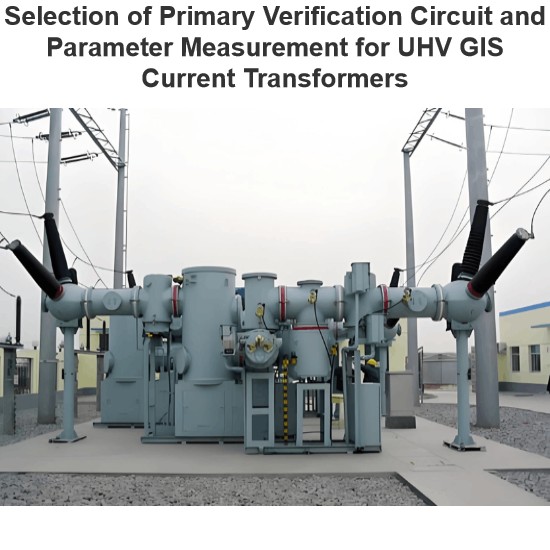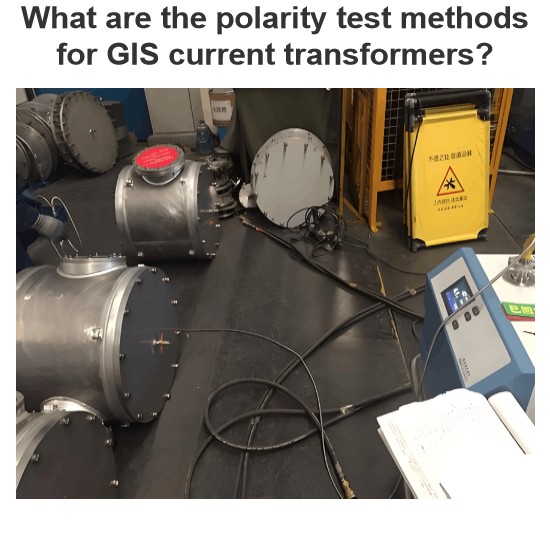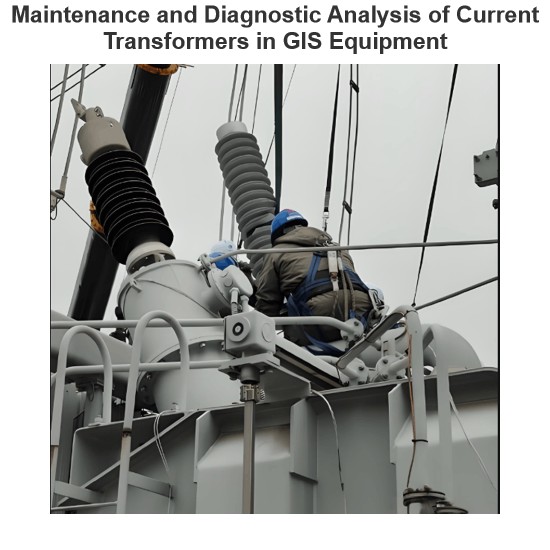What to Pay Attention to When Selecting and Installing GIS Current Transformers?
Hi everyone, I'm James, and I've been working with current transformers (CTs) for 10 years. Today, I’ll talk about what you need to watch out for when selecting and installing GIS current transformers.
Part 1: Key Considerations During Selection
1. Accuracy Class
- Protection-grade CTs: Used for relay protection — focus on overload capacity and transient response.
- Metering-grade CTs: Used for billing purposes — require high accuracy, usually 0.2S or 0.5S class.
2. Rated Primary Current
Choose based on the system’s maximum load current, and leave some margin to avoid overheating due to long-term full-load operation.
3. Insulation Level
Make sure the CT meets the insulation requirements of your voltage level, especially for withstand voltage tests.
4. Environmental Adaptability
Pick models that can handle the environmental conditions like extreme temperatures, humidity, or corrosion — look for anti-corrosion materials or special coatings.
5. Space Limitations
GIS equipment is compact, so make sure the CT size fits well without interfering with other components.
Part 2: Important Installation Notes
1. Follow Manufacturer Instructions
Always install according to the manual. Skipping steps might seem harmless now, but it can lead to big problems later.
2. Grounding
The secondary side must be reliably grounded to prevent dangerous induced voltages. Don’t forget to check primary-side grounding either.
3. Sealing Check
Since GIS uses SF6 gas, proper sealing is critical. Carefully inspect all flanges and joints before installation — even a small leak can cause serious issues.
4. Insulation Test After Installation
Do an insulation resistance test after installation to ensure everything is up to standard — especially important in humid environments.
5. Commissioning & Calibration
After installation:
- Confirm polarity;
- Test the ratio;
- Check secondary circuit connections;
- Run a simulated load test to verify performance.
6. Dust & Contamination Protection
During installation, cover open parts with protective covers to prevent dust or debris from getting inside.
Part 3: Final Thoughts
As someone who's worked in this field for over a decade, here's my takeaway:
“Selecting and installing GIS current transformers isn't just about picking and placing — it requires careful planning and attention to detail.”
If you run into challenges during selection or installation, feel free to reach out. I’m happy to share more hands-on experience and practical solutions.
Here’s hoping every GIS current transformer runs smoothly and safely!
— James
Professionalism builds strength. As an expert in the installation and operation of electrical equipment, I am proficient in the installation process and strictly adhere to standards. I skillfully master the operation essentials and can swiftly eliminate faults. With a heart that constantly explores new knowledge, I illuminate the path to the efficient operation of electrical equipment.













